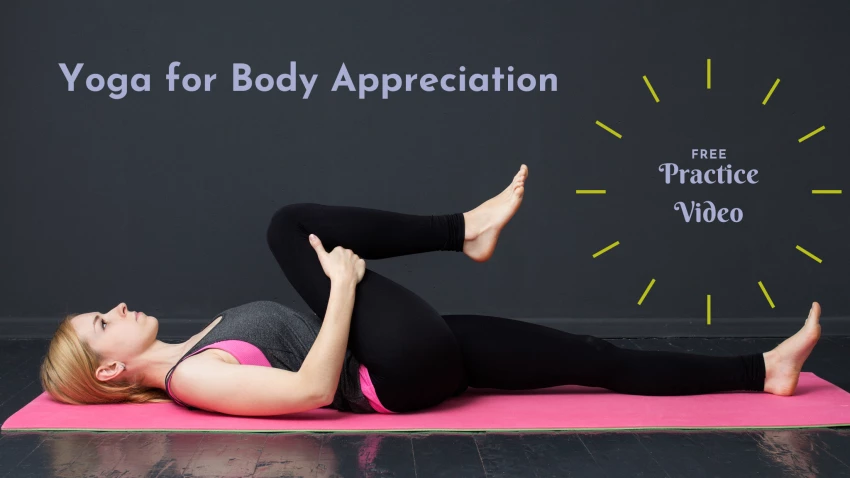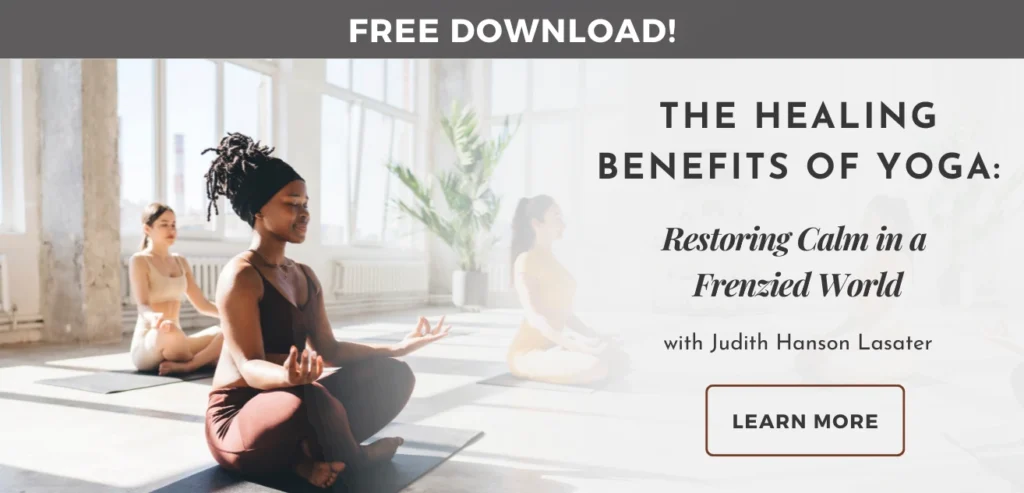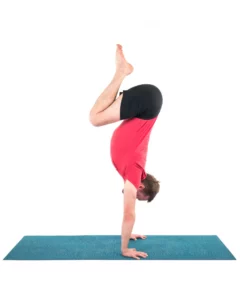Yoga Practice for Body Appreciation

Many years ago, I took an anatomy and physiology course in college. I went in hoping to learn more about the musculoskeletal system and became fascinated by this infinitely complex structure that we call the human body. The more you know about the body, the easier it is to develop body appreciation. Every cell in the body works tirelessly to keep the body alive, well and balanced. The deeper we dive into the studies of anatomy, physiology, and neuroscience, the more it becomes clear that the physical body, our inner processes and the mind are so intricately linked and impact one another, so much that there is no real separation. What we perceive as disorders of the body might be a manifestation of a haunted mind, what shows up as fluctuating emotions is often a reflection of our physiological state, and so on.
Our bodies constantly send us signals about the state of their internal balance. They try to communicate with us, but we rarely listen. We are so focused on the external environment, that we tend to ignore our inner state until it complains loudly through pain, physiological distress, or mental anguish. Instead of letting things fester and get out of hand, let’s learn to listen to our body’s signals.
Yoga for Body Appreciation
In this full-length yoga practice, we will focus on developing our interoception (conscious awareness of what’s going on inside) and balancing our physiology, while expressing body appreciation for all the work they do for us every day. Please give it a try!

Also, read...
Stand Firm: 6 Easy Balancing Moves for Your Daily Yoga Routine
The Many Benefits of Twists: 5 Great Yoga Postures for Low Back Health
Desk-Friendly Yoga Neck and Shoulder Stretches
Related courses

Educated as a school teacher, Olga Kabel has been teaching yoga for over 14 years. She completed multiple Yoga Teacher Training Programs but discovered the strongest connection to the Krishnamacharya/ T.K.V. Desikachar lineage. She had studied with Gary Kraftsow and American Viniyoga Institute (2004-2006) and received her Viniyoga Teacher diploma in July 2006, becoming an AVI-certified Yoga Therapist in April 2011. Olga is a founder and managing director of Sequence Wiz— a web-based yoga sequence builder that assists yoga teachers and yoga therapists in creating and organizing yoga practices. It also features simple, informational articles on how to sequence yoga practices for maximum effectiveness. Olga strongly believes in the healing power of this ancient discipline on every level: physical, psychological, and spiritual. She strives to make yoga practices accessible to students of any age, physical ability, and medical history, specializing in helping her students relieve muscle aches and pains, manage stress and anxiety, and develop mental focus.



